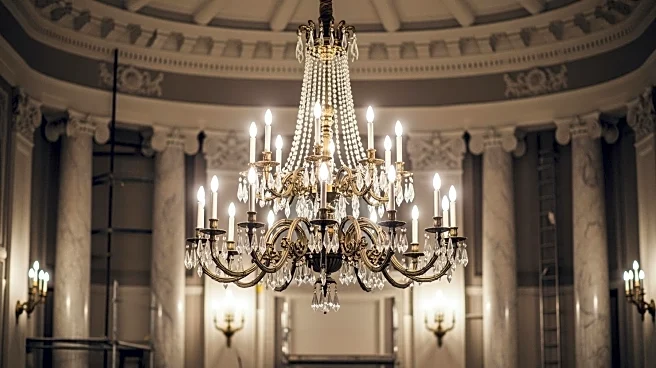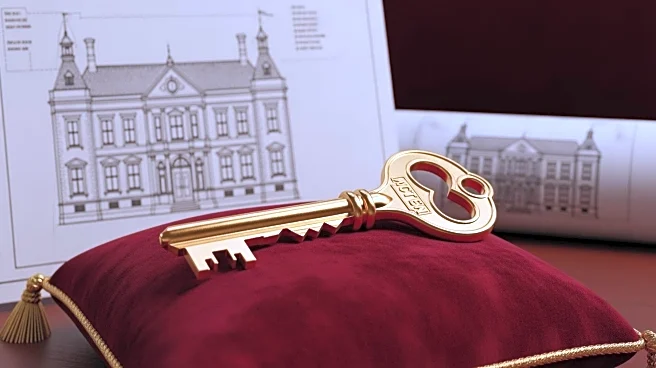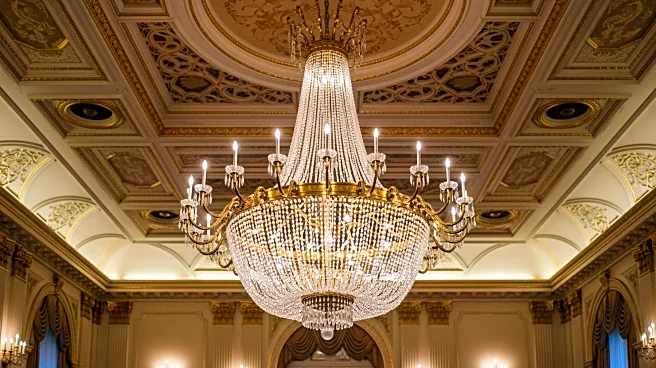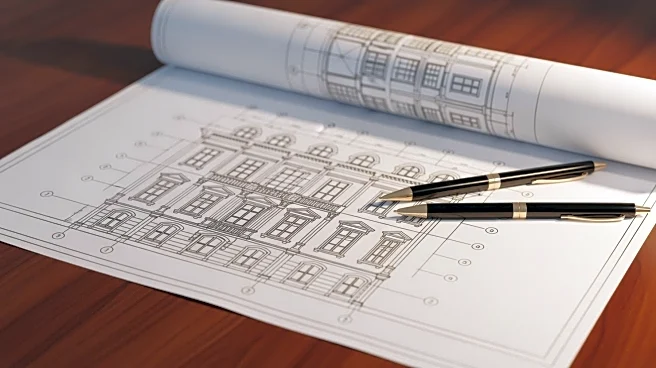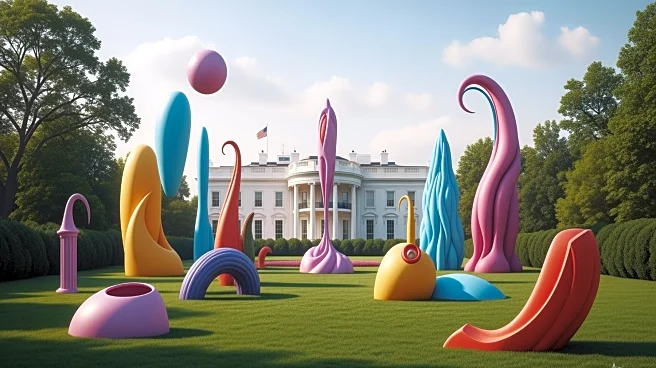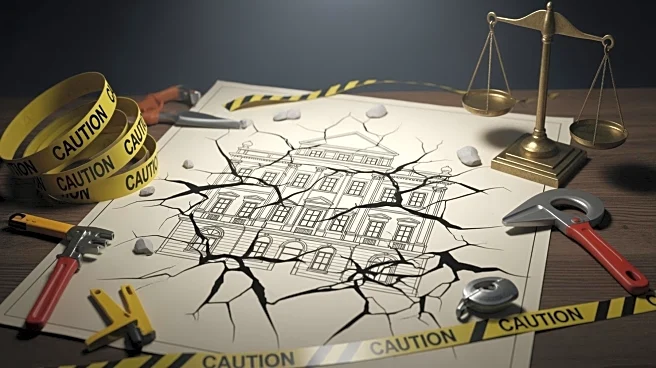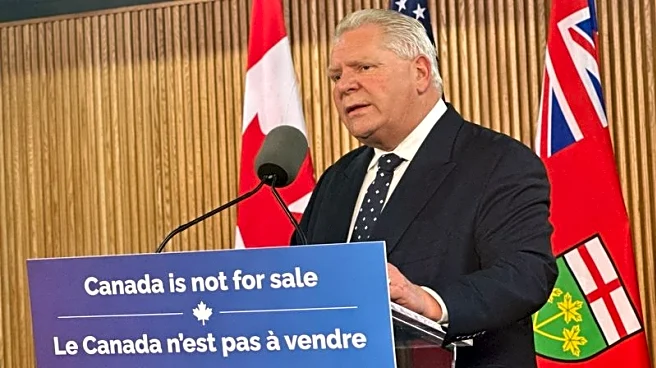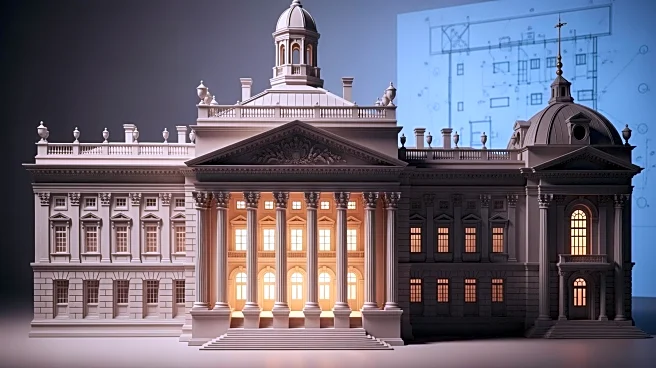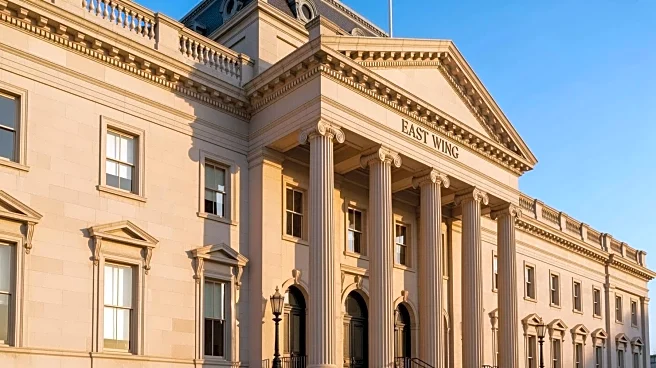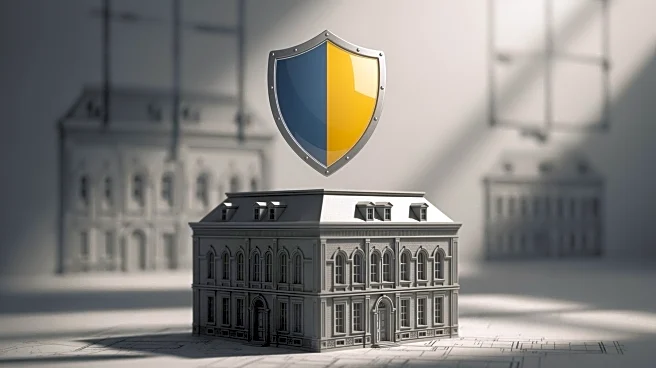What's Happening?
The White House's East Wing is undergoing renovations, sparking discussions about their necessity. ABC News' Alex Presha interviewed Gahl Burt, who served as President Ronald Reagan's social secretary,
to gain insights into the renovations. Burt expressed that these updates are long overdue, suggesting that the historical significance and the functional needs of the East Wing justify the renovations. The East Wing, which houses offices for the First Lady and her staff, has not seen significant updates in many years, raising concerns about its ability to meet modern demands.
Why It's Important?
The renovations of the White House's East Wing are significant as they reflect the ongoing need to maintain and update national landmarks to meet contemporary standards. This project highlights the balance between preserving historical integrity and ensuring functionality for current and future administrations. The updates could impact how the First Lady's office operates, potentially influencing public engagements and administrative efficiency. Additionally, the renovations may set a precedent for future updates to other parts of the White House, affecting how historical buildings are maintained in the U.S.
What's Next?
As the renovations progress, there may be further discussions about the scope and cost of the project. Stakeholders, including historians, government officials, and the public, might weigh in on the balance between preservation and modernization. The outcome of these renovations could influence future decisions regarding the maintenance of other historical government buildings, potentially leading to broader policy discussions on heritage conservation.
Beyond the Headlines
The renovations of the East Wing could spark a broader conversation about the role of historical preservation in government buildings. Ethical considerations may arise regarding the allocation of funds for such projects, especially in times of economic constraint. The project could also influence cultural perceptions of the White House, reinforcing its status as both a functional government building and a symbol of American history.
